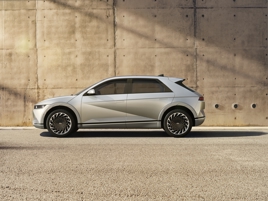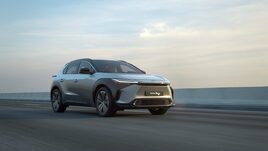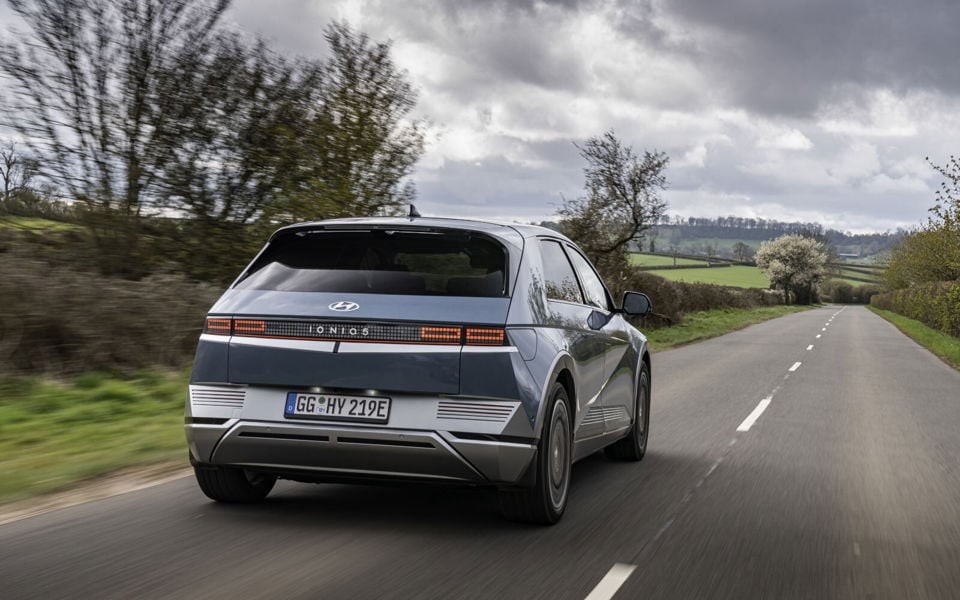The UK national sales companies of carmakers Toyota and Hyundai have been warned by the Advertising Standards Authority for making marketing claims about the rapid charging capability of electric vehicles which it has ruled as "misleading".
Recent instances of marketing by Toyota and Hyundai, which attracted complaints, have now been banned by the advertising watchdog.
Its ruling could have ramifications for all car brands conducting electric vehicle sales in the UK, as it puts great onus on them to justify their EV charging claims and ensure consumers are aware of the conditions and variables involved.
The Advertising Standards Authority (ASA) recently conducted investigations into two separate cases involving advertising claims related to the rapid charging capabilities of electric vehicles.
The first case involved Hyundai's IONIQ 5, while the second case revolved around Toyota's bZ4X electric vehicle.
 In the Hyundai IONIQ 5 investigation, the ASA received complaints regarding marketing on its website, on YouTube and on a digital billboard at Picadilly Circus in London which claimed that the EV could charge from 10% to 80% in 18 minutes using a 350 kW charger. Complainants argued that achieving the advertised charging rate was limited, especially in low temperatures, and found the claims misleading.
In the Hyundai IONIQ 5 investigation, the ASA received complaints regarding marketing on its website, on YouTube and on a digital billboard at Picadilly Circus in London which claimed that the EV could charge from 10% to 80% in 18 minutes using a 350 kW charger. Complainants argued that achieving the advertised charging rate was limited, especially in low temperatures, and found the claims misleading.
Hyundai defended the ads, stating its intention was to address consumer concerns about charging times during longer journeys. It provided internal testing results and cited real-world examples to support its claim. However, the ASA upheld the complaints, stating that consumers would interpret the claims as consistent charging times. The ASA concluded that the ads lacked crucial information about factors affecting charging time and the limited availability of 350 kW chargers, deeming them misleading.
The second investigation involved a complaint against Toyota's claim on its website that the bZ4X could reach 80% charge in around 30 minutes with a 150 kW fast-charging system. The complainant argued that the claim was unsubstantiated.
 Toyota explained that the claim referred to the maximum charging power of the Toyoyta bZ4X model and provided real-world testing results to support it. It also highlighted variables that could affect charging times. However, the ASA upheld the complaint, stating again that consumers could interpret the claim as a guarantee of consistent charging times.
Toyota explained that the claim referred to the maximum charging power of the Toyoyta bZ4X model and provided real-world testing results to support it. It also highlighted variables that could affect charging times. However, the ASA upheld the complaint, stating again that consumers could interpret the claim as a guarantee of consistent charging times.
The advertising watchdog emphasised the need for Toyota to provide more specific conditions and acknowledged the limited availability of 150 kW chargers.
The ASA ruled that the ad was misleading due to the omission of important information about charging time factors and charger availability.
In both cases, the ASA emphasized the importance of providing context and qualifying information in advertisements to avoid misleading consumers about product features and capabilities. The rulings highlighted the need for companies to substantiate their claims with specific conditions and ensure that ads accurately represent charging times.
Overall, the ASA investigations found that the advertising claims made by Hyundai and Toyota regarding the charging capabilities of their electric vehicles were not adequately supported and lacked important qualifying information.
The rulings aimed to protect consumers from potentially misleading information and emphasized the responsibility of companies in providing accurate representations of their product features and capabilities in advertisements.



















Login to comment
Comments
No comments have been made yet.